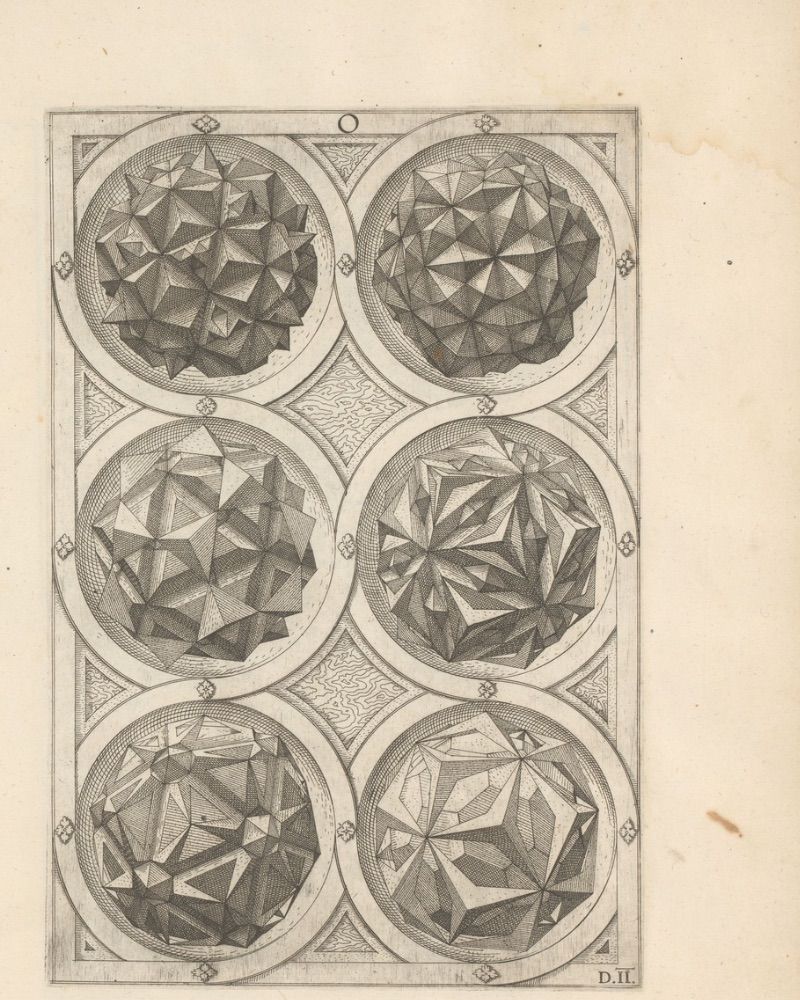Tessellation Origami: The Art of Repeating Patterns in Paper

Origami is not just about folding paper into animals or flowers—it can also create mesmerizing geometric patterns. One of the most fascinating branches of origami is Tessellation Origami, where repeated folds create intricate, symmetrical designs resembling tiled patterns. This form of origami combines art, mathematics, and creativity, making it a favorite among advanced paper folders and design enthusiasts.
What is Tessellation Origami?
Tessellation Origami is a specialized folding technique that creates repeated geometric patterns by folding a single sheet of paper. The term “tessellation” comes from the Latin word tessella, meaning small tile. Just like tiles covering a floor, origami tessellations use repeating shapes such as triangles, hexagons, and squares to form beautiful, interlocking designs.
Unlike traditional origami, which often results in a recognizable shape like a crane or a flower, tessellation origami focuses on creating intricate textures and patterns that can resemble woven fabric, honeycombs, or complex three-dimensional designs.
The Origins of Tessellation Origami
While tessellation patterns have been used in Islamic art, architecture, and mathematics for centuries, their application in origami is relatively modern. The development of origami tessellations is credited to Shuzo Fujimoto, a Japanese mathematician and origami artist, who explored the mathematical beauty of paper folds in the 20th century. Other modern artists, such as Eric Gjerde, have further refined and popularized the technique.
Key Techniques in Tessellation Origami
Creating an origami tessellation involves the following basic techniques:
- Pre-Creasing – Before folding, the entire sheet of paper is carefully creased into a grid, usually with 16×16 or 32×32 squares. More advanced designs may require hexagonal or triangular grids.
- Twist Folds – A method where sections of the paper are folded into spirals or star-like patterns.
- Pleats and Interlocking Folds – Overlapping folds create raised and lowered areas, giving the paper a 3D effect.
- Repetition and Symmetry – Each fold follows a structured, repeated pattern to create a unified design.
These techniques require patience and precision, but the final results are stunning and visually captivating.
Benefits of Tessellation Origami
Tessellation Origami is more than just a decorative art form—it offers various benefits:
- Mathematical Understanding – Many tessellations are based on geometric principles, making them useful for teaching math concepts.
- Relaxation and Mindfulness – The repetitive folding process can be meditative and help reduce stress.
- Architectural and Design Applications – Architects and engineers use tessellation principles for foldable structures, solar panels, and flexible materials.
- Unique Artistic Expression – No two tessellations are exactly alike, allowing for endless creativity.
Popular Tessellation Origami Patterns
Some well-known tessellation origami designs include:
- Hexagonal Weaves – Patterns that resemble honeycomb structures.
- Square-Twist Tessellations – Interlocking squares forming a layered texture.
- Star Tessellations – Radiating star patterns that create a dynamic visual effect.
- 3D Pop-Up Tessellations – Folded designs that lift off the paper for a sculptural look.
Tessellation Origami is a mesmerizing fusion of art and mathematics, transforming a simple sheet of paper into a complex, patterned masterpiece. Whether you are a beginner experimenting with basic folds or an expert designing intricate grids, tessellation origami offers endless possibilities for creativity. If you enjoy detailed patterns and geometric beauty, this unique origami style is worth exploring!